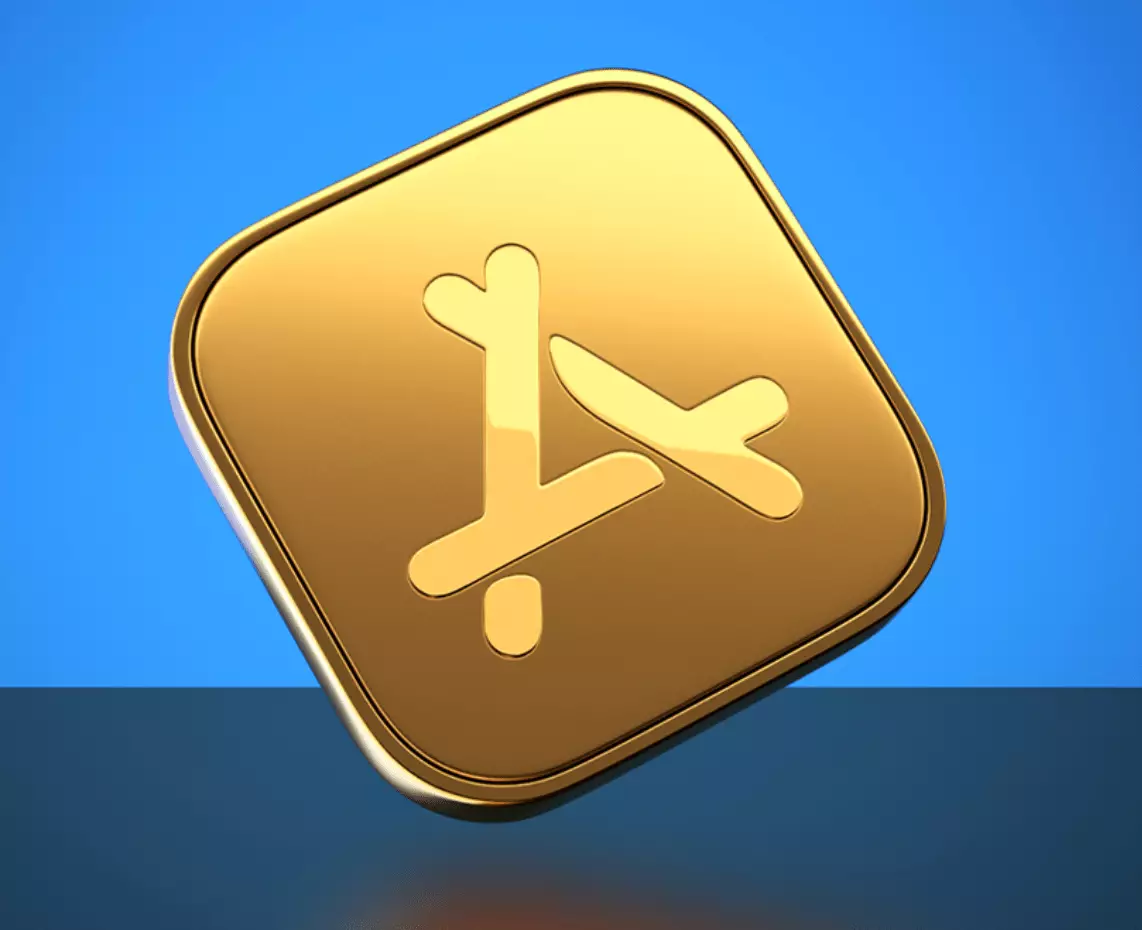The annual unveiling of Apple’s finalists for the “iPhone App of the Year” awards often serves as a reflection of evolving technology trends and consumer preferences. However, the 2024 nominations have raised eyebrows, particularly regarding the noteworthy absence of numerous applications utilizing artificial intelligence (AI) technology. Despite the rapid adoption of AI tools in various sectors, Apple appears to be maintaining a traditional viewpoint, favoring conventional applications that enhance user productivity and creativity without prominently featuring AI as a selling point.
Artificial intelligence has dramatically changed the mobile application landscape, paving the way for innovative solutions that mimic or augment human cognitive functions. Applications like ChatGPT have played a key role in this transformation, transforming how users interact with technology. With its launch, ChatGPT quickly made headlines as the fastest-growing consumer application, reaching 100 million users in a matter of weeks. Its partnership with Apple to enhance Siri further highlights its relevance in the tech ecosystem. Yet, Apple’s decision to overlook such high-profile AI applications raises questions about its criteria for app approvals and merits in a rapidly evolving digital environment.
This year, despite the myriad innovative features introduced by ChatGPT—including advanced voice interaction and a competitive web search tool—its absence from Apple’s nominations signifies a potential snubbing or a strategic choice to emphasize creativity over automation. The trend of steering clear from AI-centered accolades is not unique to Apple; the prior year saw Google similarly bypass this category in its own awards. Such decisions may reflect a bias towards conventional app functionality that engages users in a creative manner rather than merely optimizing tasks through automation.
The Emphasis on Human Capability
Apple’s 2024 finalists, primarily focusing on traditional iOS applications, seem to illustrate a philosophy favoring human empowerment. Applications like Kino and Runna encourage users to enhance their skills—be it in videography or fitness—demonstrating a commitment to enabling real-world abilities. The narrative promoted by these selections portrays a vision that likely resonates with Apple’s core audience: one where technology enhances creativity, organization, and personal achievement devoid of heavy reliance on AI frameworks.
This focus on creative partnerships between users and technology underscores Apple’s ongoing mission to design products that are intuitively usable and fostering growth. Programs targeted toward filmmakers, travelers, and fitness enthusiasts exhibit a blend of utility and artistic expression—elements that align closely with the expected functionality of Apple’s devices.
While a few apps like Moises and Adobe Lightroom integrated AI functionalities into their core services, these nominations feel like token gestures in an otherwise traditional landscape. Moises’s nomination stands out primarily due to its innovative application of AI in music practice, yet it languishes among less technologically driven counterparts, highlighting AI’s sidelined importance in Apple’s vision. Similarly, Adobe Lightroom, despite its AI-enhanced features, continues to focus on enhancing user creativity rather than promoting AI as the primary draw.
The limited presence of AI is also evident among Apple’s broader assortment of 45 nominated applications and games, where very few are labeled distinctly as AI-powered. Even as several applications today leverage AI technologies in subtle background processes, their marketing does not highlight these elements, suggesting a deliberate choice to avoid framing them as AI-based solutions.
Apple’s 2024 award nominations underscore a continuing inclination to celebrate creativity and user empowerment instead of automation through AI. As the app ecosystem transforms, it remains to be seen if Apple will shift its stance towards AI-driven applications in the coming years. With its tremendous marketplace influence, Apple possesses the potential to redefine acknowledgment parameters within the app category, potentially paving the way for intelligent solutions that synergize human creativity with machine learning capabilities.
This year’s decisions suggest that Apple sees the future of technology as being intertwined with human creativity rather than letting AI dominate the conversation. The missing accolades for AI-driven applications prompt speculation about the broader implications of such choices—will Apple evolve its criteria, or remain steadfast in a path that prioritizes the tactile human experience above all? Only time will reveal the balance Apple wishes to strike in the rapidly changing app ecosystem.

